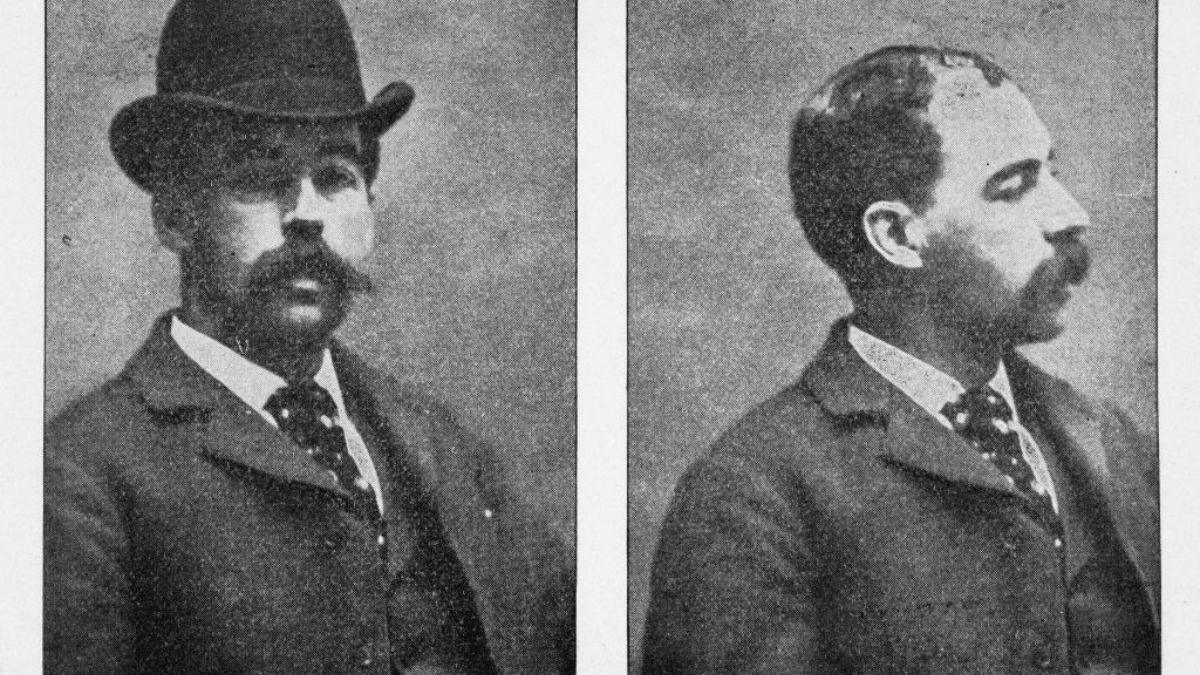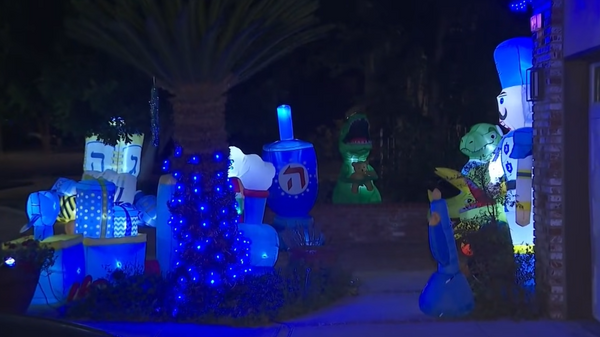
In 1893, Chicago was getting ready to host the World’s Columbian Exposition. At the same time, a man named Herman Webster Mudgett, better known as H. H. Holmes, was running a building that would become one of America’s most famous crime scenes. The building stood in the Englewood neighborhood, about three miles from the fairgrounds that brought over 27 million visitors to the city.
As per Wikipedia, Holmes had moved to Chicago in 1886 and started working at a drugstore before buying the property. He built a three-story building with stores on the ground floor and apartments above. In 1892, he added a third floor and told investors he wanted to use it as a hotel for World’s Fair visitors. But the space was never finished or opened to guests.
After his arrest in 1894, newspapers started printing stories about what they called Holmes’s “Murder Castle.” The man built a structure with soundproof rooms, trap doors, and gas lines to lure and kill guests. Holmes confessed to dozens of murders, but some guesses said the real count may be over 200. But modern historians have questioned many of these claims. Adam Selzer, who wrote a book about Holmes, says that “there’s a total of about nine people that we can say with some confidence he probably killed.”
The truth behind the story is messy
The shocking stories about Holmes’s building came mostly from yellow journalism of the 1890s. This was when newspapers would make up or stretch the truth to sell more papers. Harold Schechter, who wrote about the case, thinks that “probably all those stories about all these visitors to the World’s Fair who were murdered in his quote-unquote ‘Castle’ were just complete sensationalistic fabrication by the yellow press.”
Many years back had a security stint for a film crew doing a documentary at the exact location [U.S. Post Office]
— TargetsOfAggression (@SwanSevTARGETS) September 30, 2025
where H.H. HOLMES & his Murder Castle was located for underground surveillance. pic.twitter.com/Q2cnXR5wUw
Research shows that Holmes’s real victims were people he already knew, not random strangers who checked into a hotel. The building was not actually a working hotel for fair visitors. His crimes were mostly about money. He wanted to steal from people and get insurance money, not just kill for no reason. While Holmes’s case is still one of the most well-known true crime stories in American history, the real story was much less dramatic than what the newspapers said.
Holmes was finally arrested in Boston in November 1894 for stealing horses. Police found out he had killed Benjamin Pitezel, a man who helped him with his schemes, and three of Pitezel’s children. He was found guilty of killing Pitezel and sentenced to death.
H.H. Holmes was hanged for his crimes in 1896. Does his spirit still remain in this quaint cottage that was once the site of a brutal murder?
— Ghost Adventures (@GhostAdventures) October 4, 2019
Get a sneak peek at #GhostAdventures: Serial Killer Spirits >>> https://t.co/fGhVpwM9kB pic.twitter.com/6HVp2K6nn6
While in prison, Holmes sold his confession to the Hearst newspapers for $7,500. In this confession, he said he killed 27 people. But several of the people he named were later found to be alive. On May 7, 1896, Holmes was hanged at Moyamensing Prison in Philadelphia. He was 34 years old. His body was buried in concrete because he was afraid people would steal his body.
The building where his crimes happened was damaged by fire in 1895 and finally torn down in 1938. Today, a post office sits on the spot where Holmes’s building once stood. The case still interests people who like serial killer documentaries and true crime content, even though much of what people believe about the Murder Castle is probably made up or stretched.







